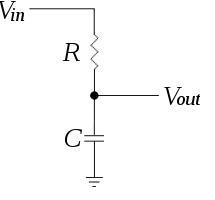biboymusic
Junior Member level 1
Hi,
I need help on cleaning up pulses from my hall effect sensor. The project is a wheel speed sensor.
4 magnets on the wheel hub, 1 hall effect sensor on the front fork. That means, 4 pulses/wheel rotation. However, using a simple program on the PIC to count each pulse gives me unpredictable results. As each magnet passes, I get like 100+ counts, very random numbers. Doing manual interrupts on RB0 perfectly counts pulses, using the hall effect sensor gives me random numbers.
Using a Multimeter on the hall effect output, I get +5v and 0v on each magnet pass. So I think I need to clean up the pulses to perfectly give me 1 count on each pass on the magnet.
Any ideas? OpAmp maybe?
I need help on cleaning up pulses from my hall effect sensor. The project is a wheel speed sensor.
4 magnets on the wheel hub, 1 hall effect sensor on the front fork. That means, 4 pulses/wheel rotation. However, using a simple program on the PIC to count each pulse gives me unpredictable results. As each magnet passes, I get like 100+ counts, very random numbers. Doing manual interrupts on RB0 perfectly counts pulses, using the hall effect sensor gives me random numbers.
Using a Multimeter on the hall effect output, I get +5v and 0v on each magnet pass. So I think I need to clean up the pulses to perfectly give me 1 count on each pass on the magnet.
Any ideas? OpAmp maybe?
